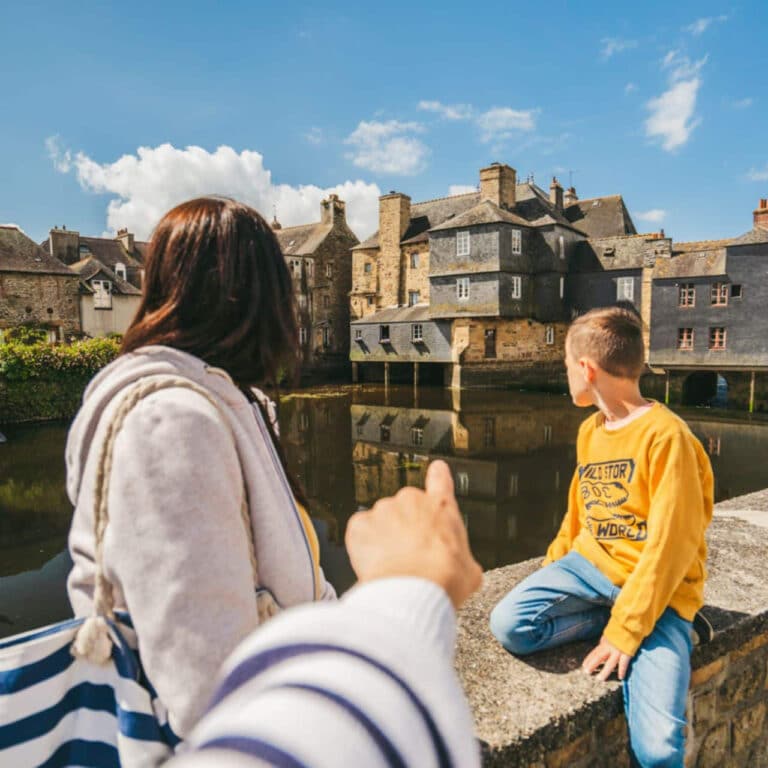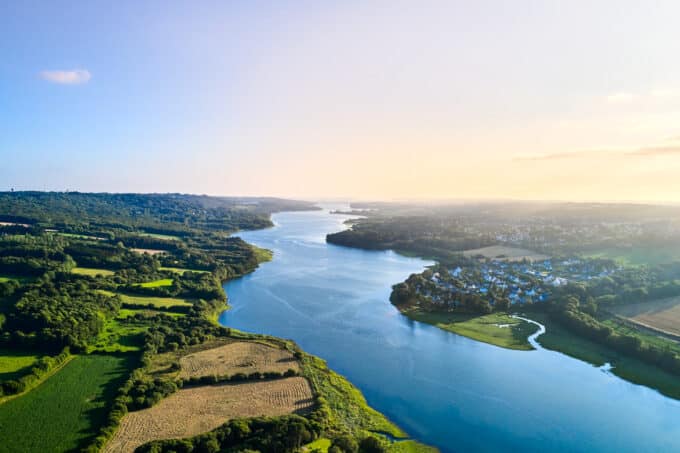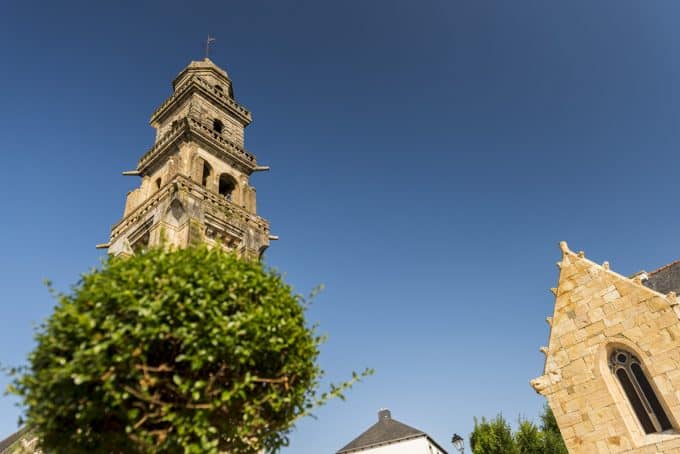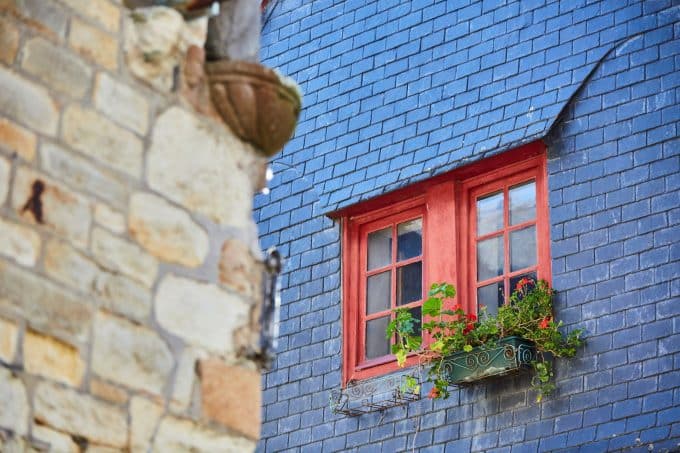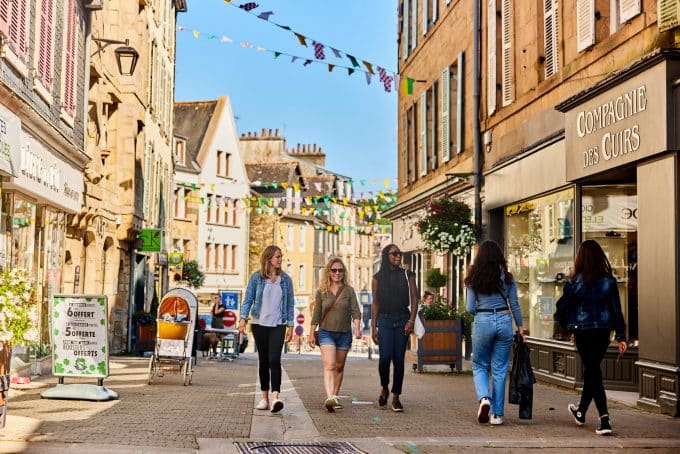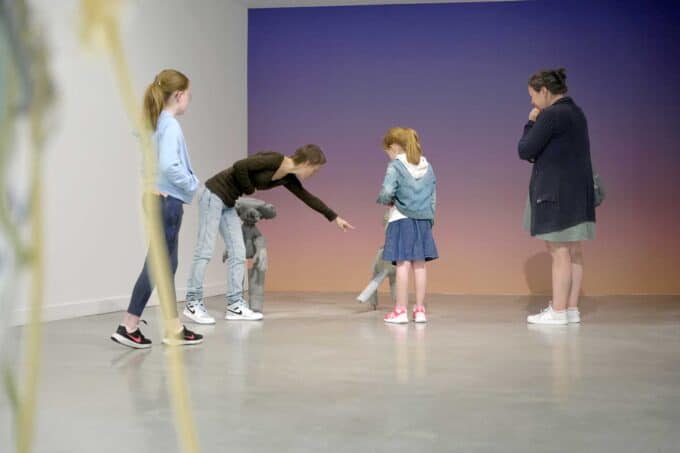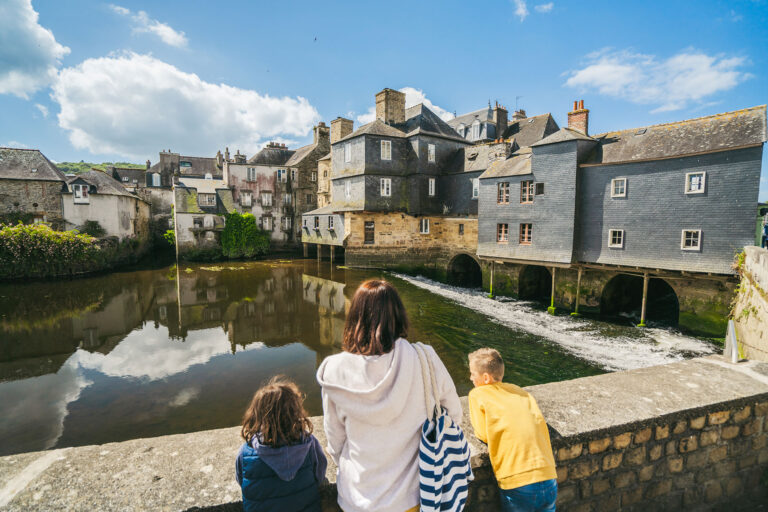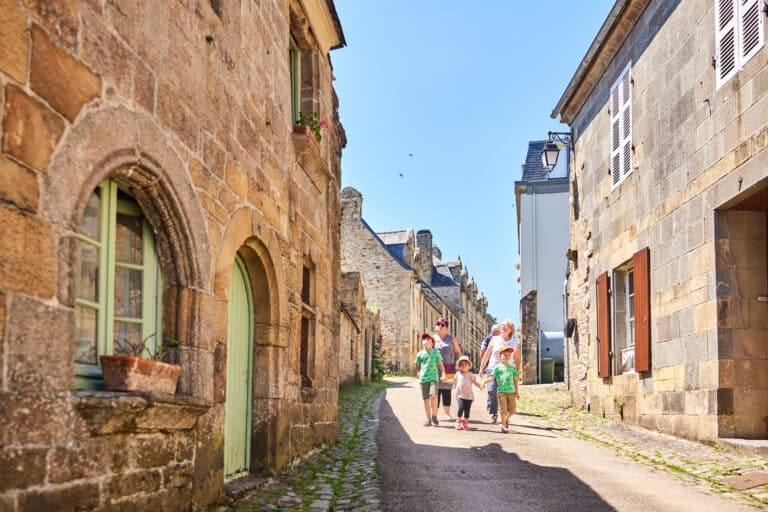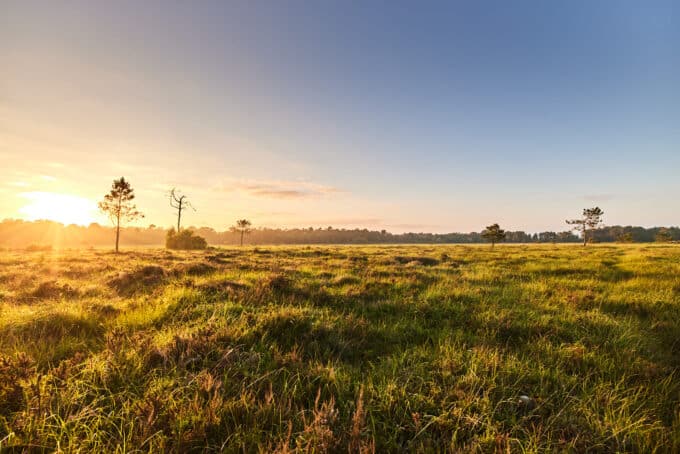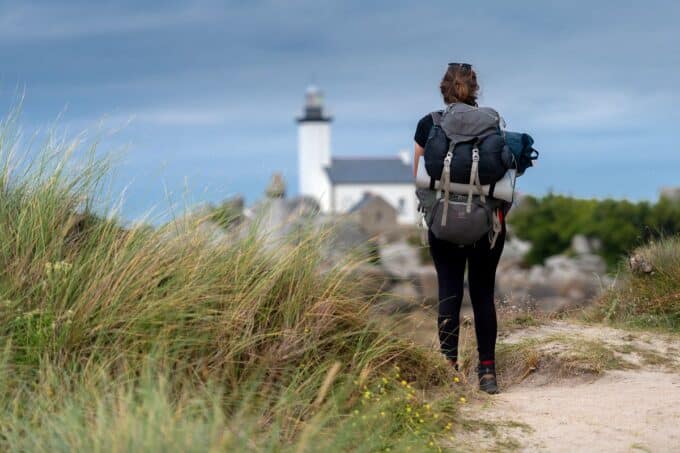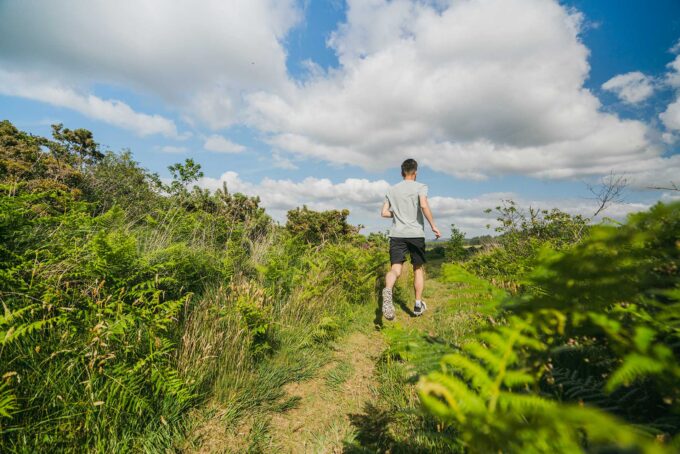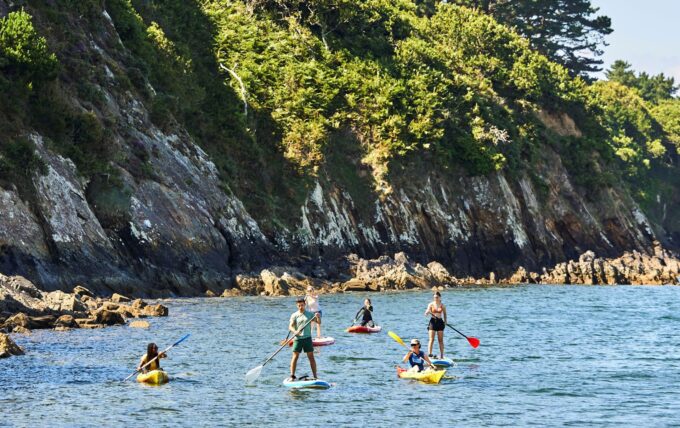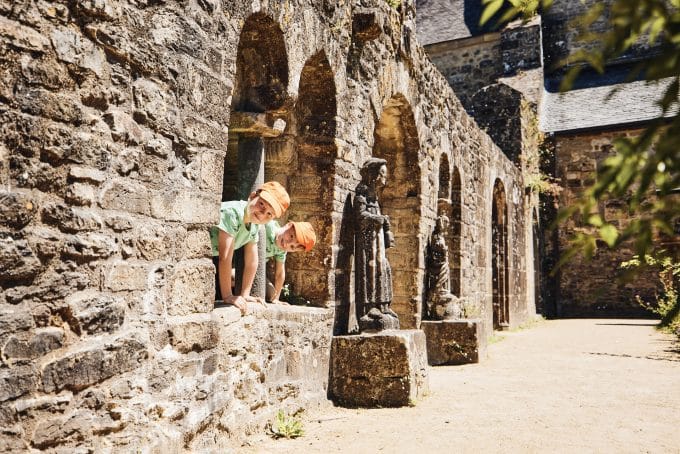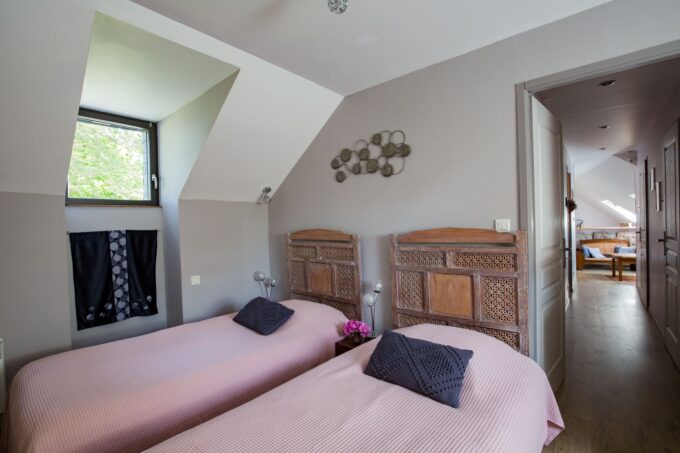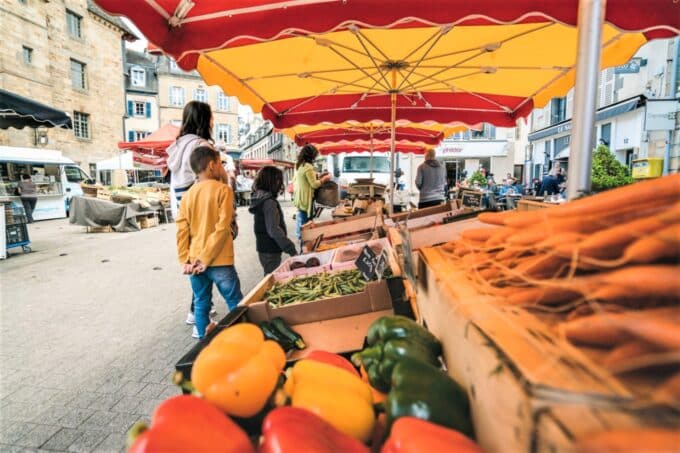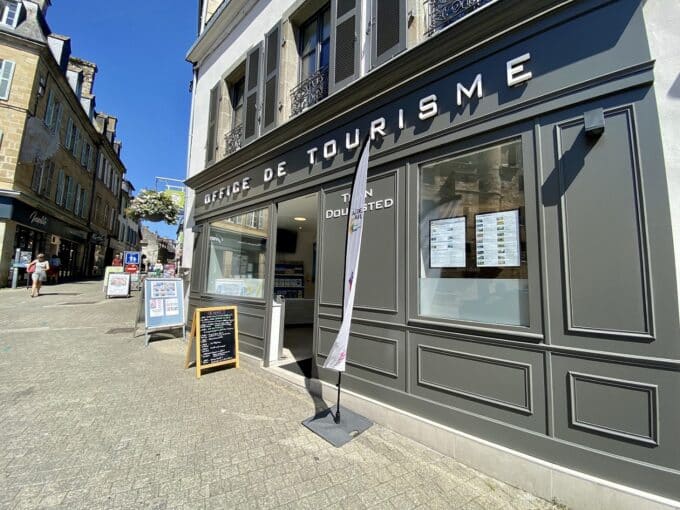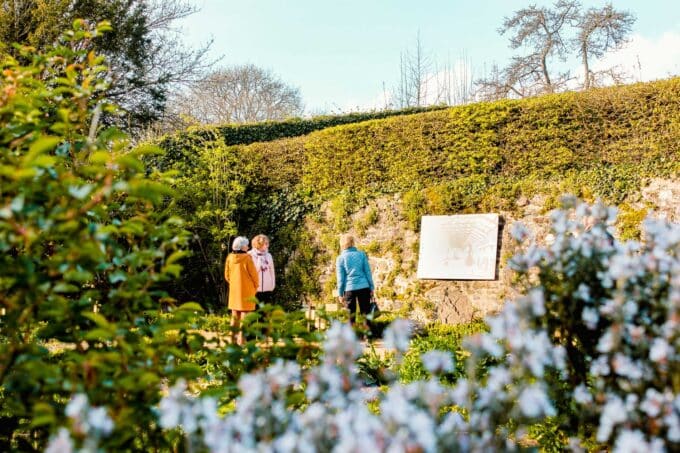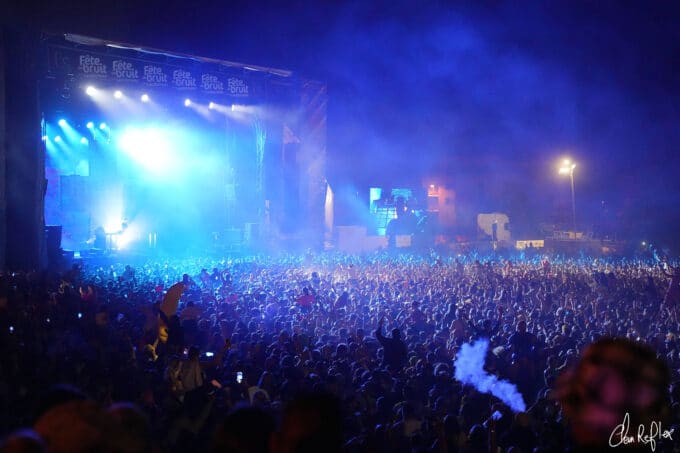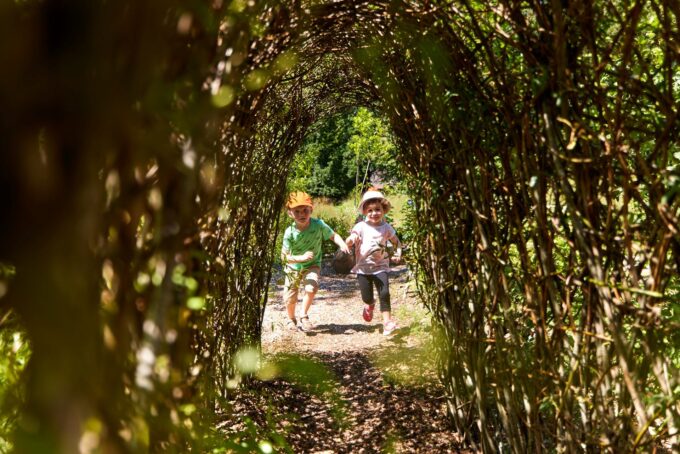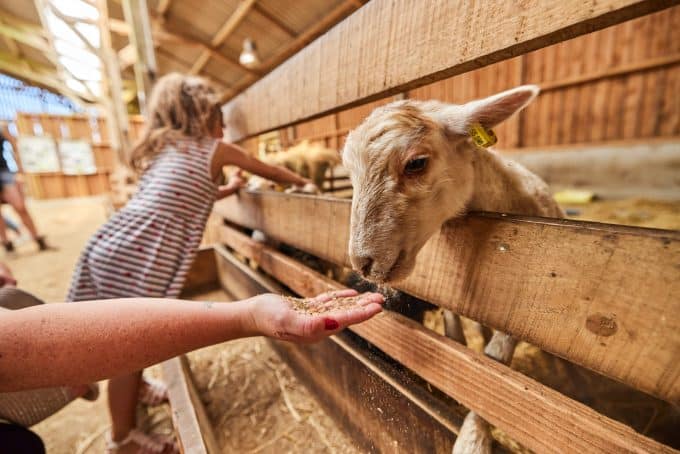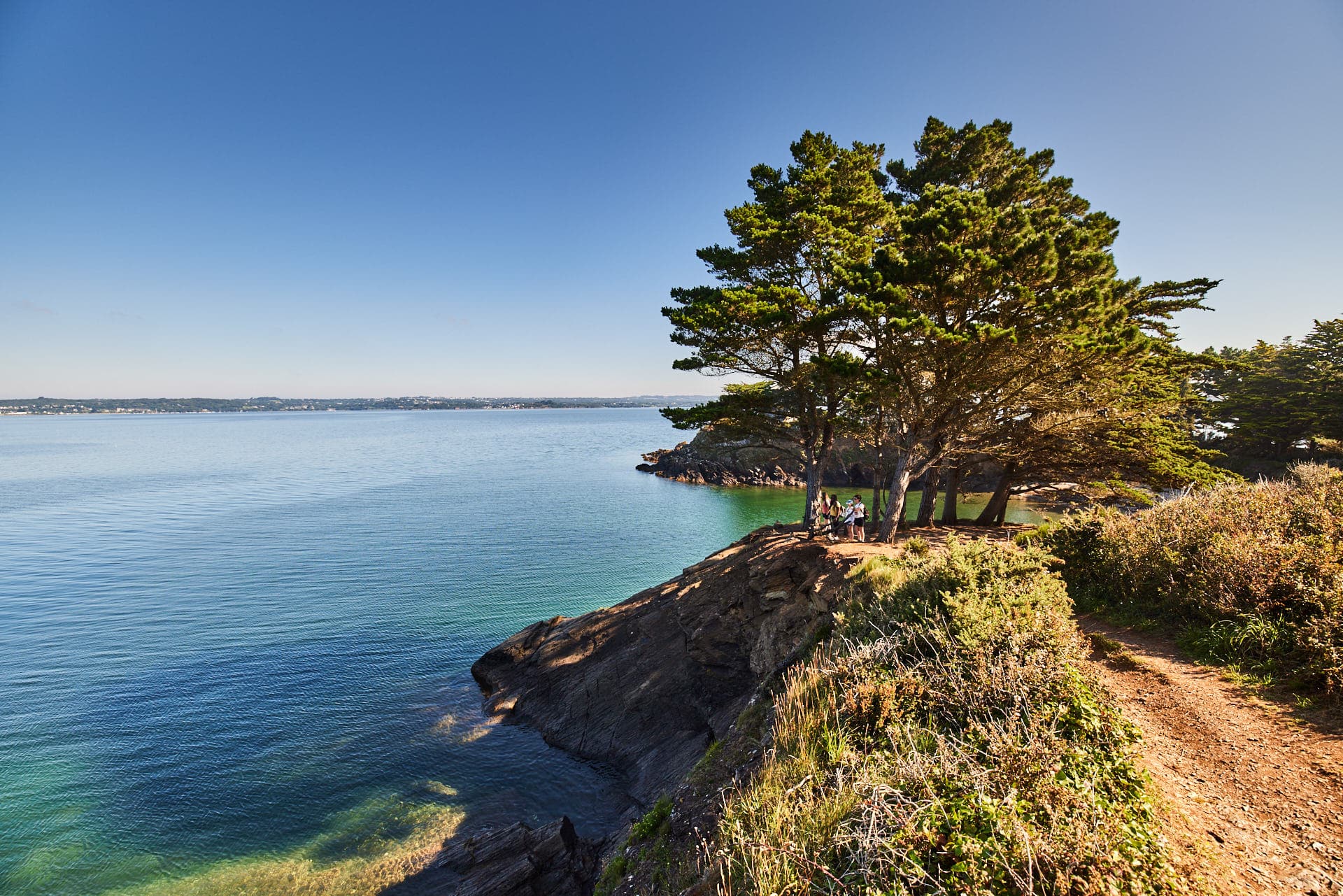Escape for half a day from Daoulas, between the points and coves of the Brest roadstead: each place offers a new viewpoint, a new landscape to discover!
Le pointe du Château in Logonna-Daoulas
Le pointe du Bendy
Moulin Mer and its mill
The port of Kerhascoët
Tibidy Island
Lanvoy
The village of Rostiviec
The port of Kersanton
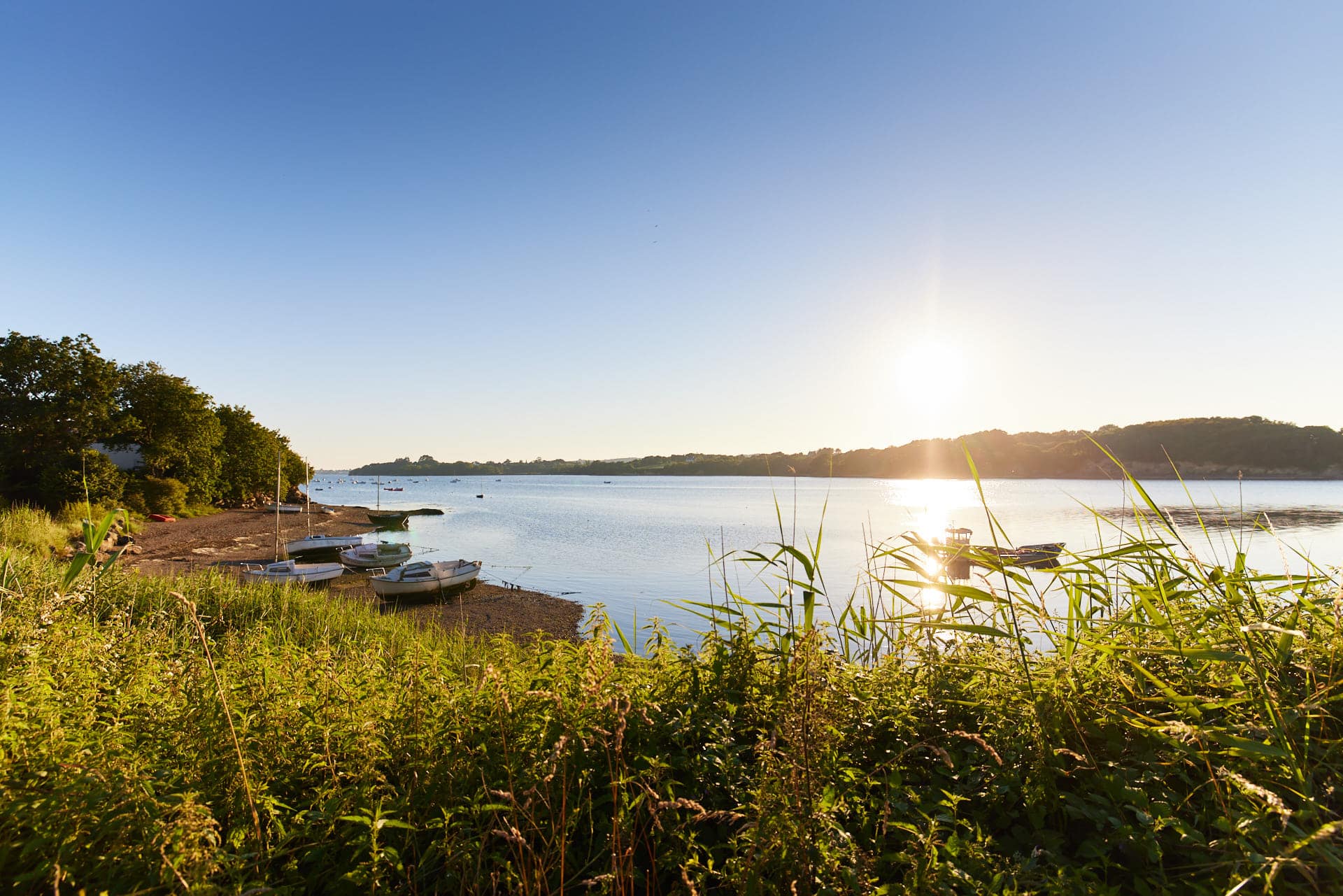
Anse de Rostiviec, Loperhet
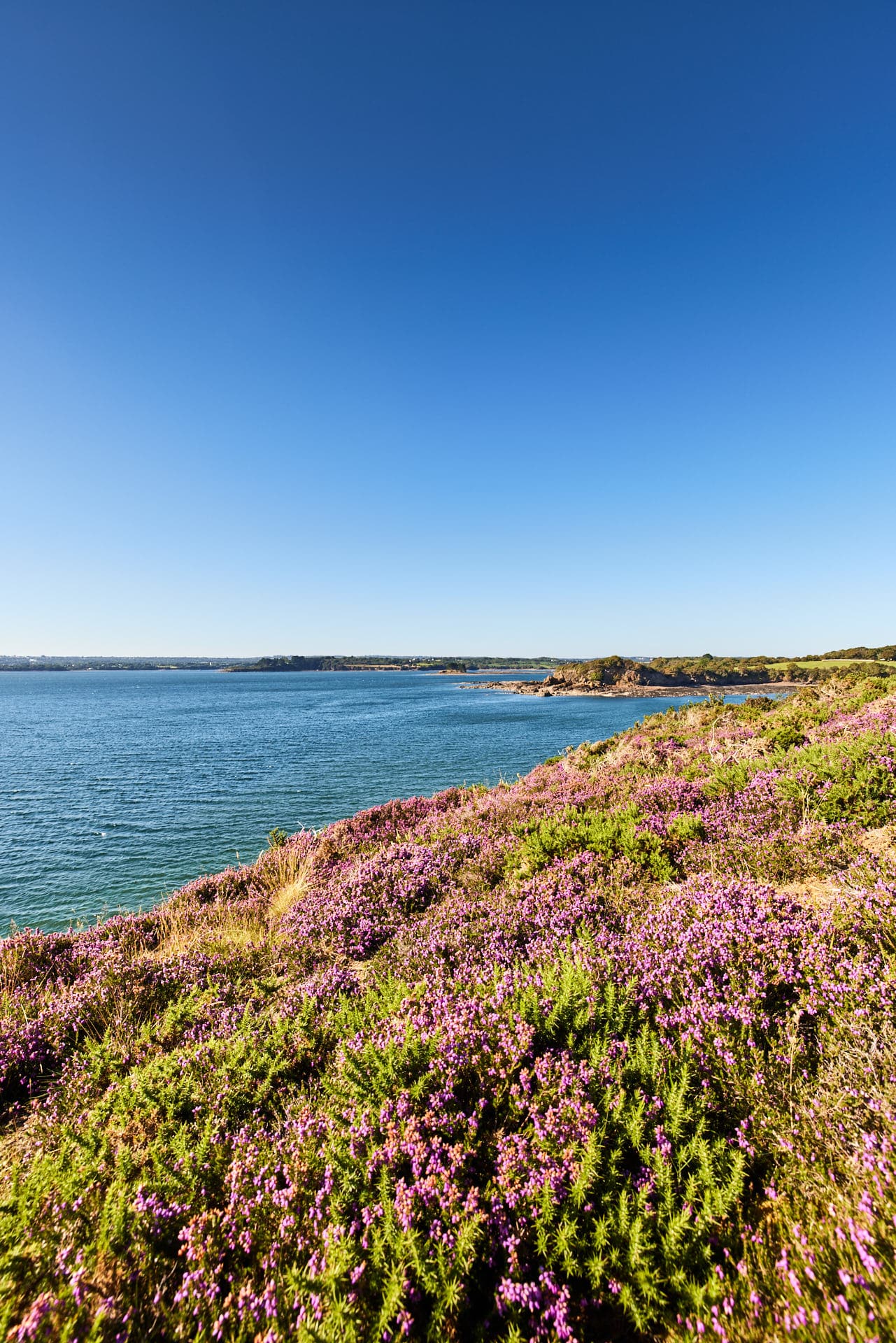
Coastal path in Logonna
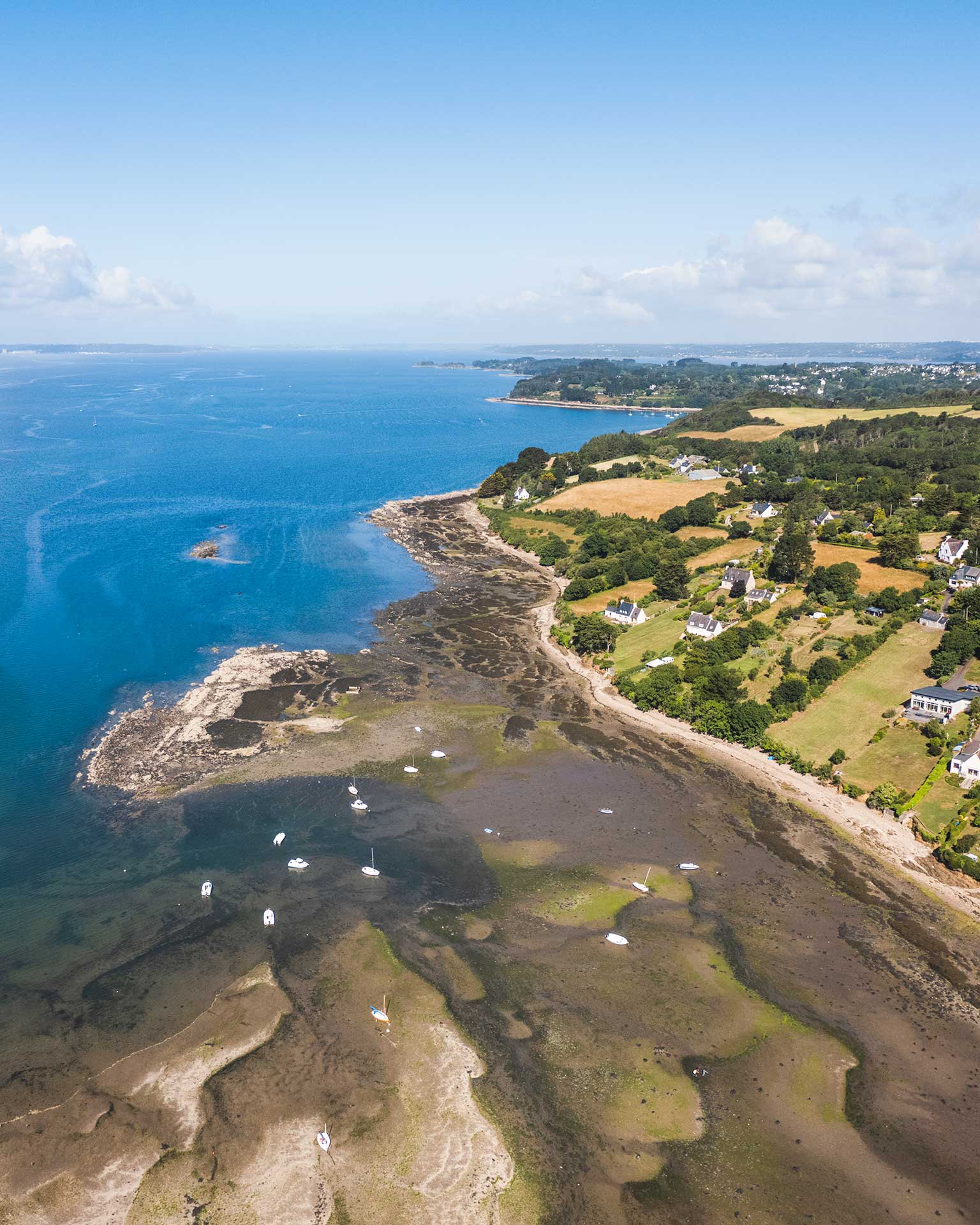
Anse de Troaon, L'Hôpital-Camfrout
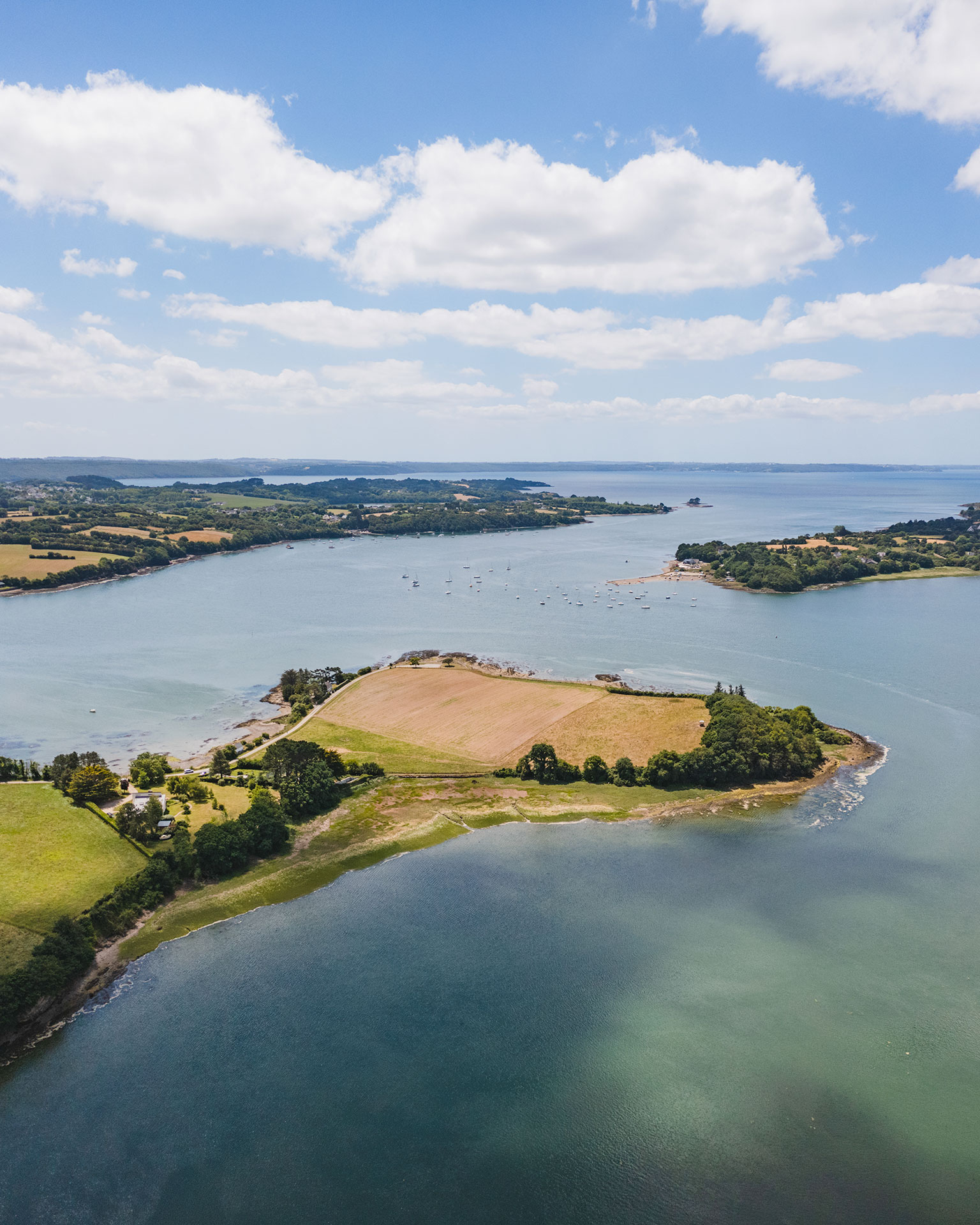
Pointe de Rosmelec, Daoulas
Birdwatching
La pointe du Château in Logonna Daoulas
In Logonna Daoulas, you'll find yourself in a protected area, an ideal spot forbirdwatching in the Brest roadstead. The Pointe du Château is also at the heart of a quarrying area for kersanton stone, a rock used in the construction of many religious buildings in Finistère and Brittany.
At low tide, you can access the island, but beware of the sometimes rapid rise of the sea! It's also at low tide that you can see the oyster bedsone of the region's gastronomic emblems!
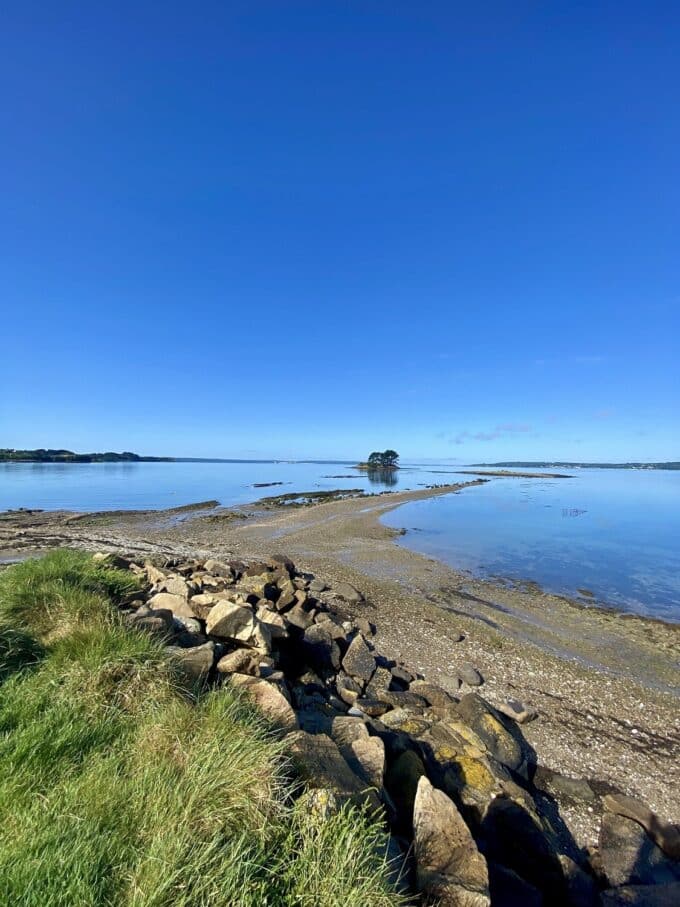

The best view of Brest harbour
La pointe du Bendy
A few kilometers away, still in the Logonna Daoulas commune, the Pointe du Bendy is the furthest out, and undoubtedly the most beautiful viewpoint over the Brest roadstead and the Crozon peninsula. A little more time?
Venture along the coastal foot path to the Yelen beach and Anse du Roz, and enjoy the diversity of the landscape and wild flora!
A 16th-century tide mill
Moulin Mer and its tide mill
The site's main attraction? The 16th-century tide mill, ideally situated sheltered from the waves of the harbor. The first tide mills date back to Roman times. These were water-powered mills, powered by tidal phenomena.
This was in turn a flour mill, a German barracks, a vacation home, a restaurant and a nightclub.
Right next door, you'll find the Moulin Mer nautical center, birthplace of the region's sea classes!
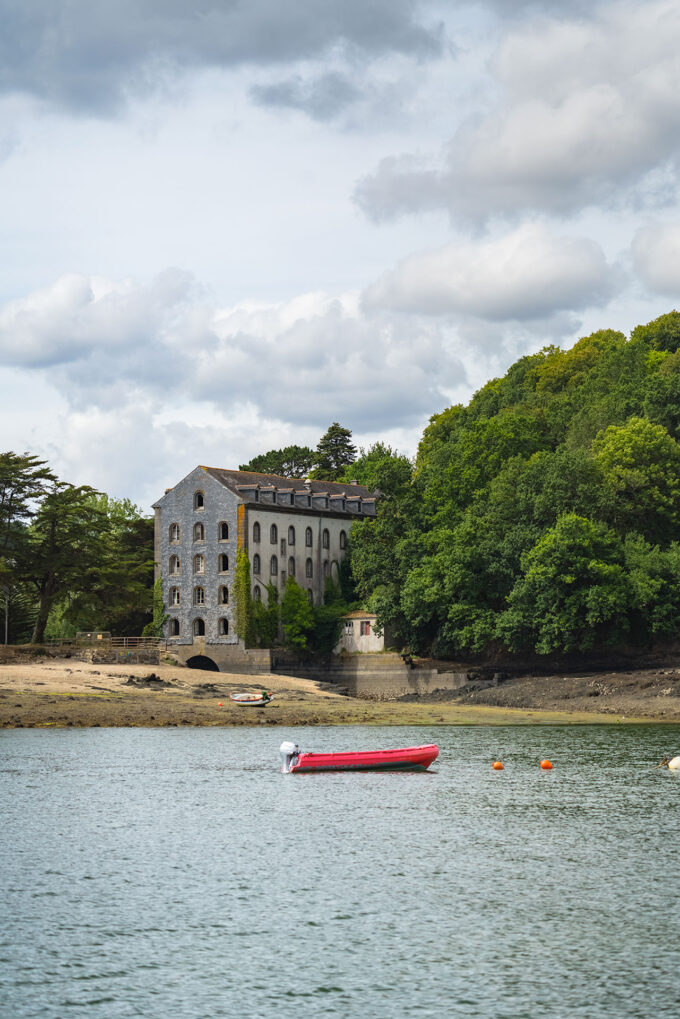
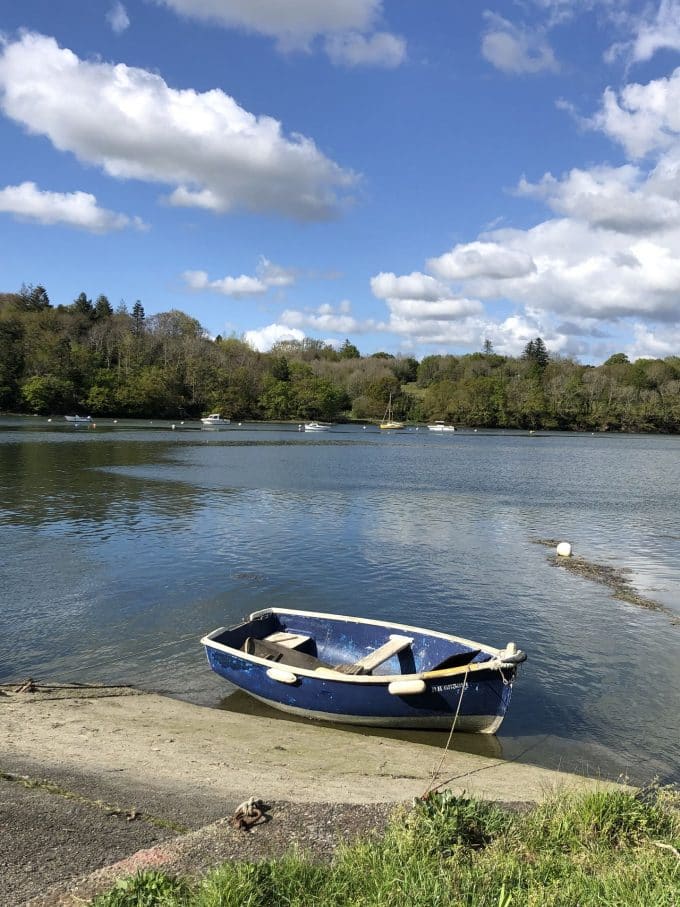
A magnificent view of the Logonna peninsula
The port of Kerhascoët
See you out front! From the port of Kerhascoët, in the commune of L'Hôpital-Camfrout, you'll have a magnificent view of the Logonna peninsula. Oyster portFor many years, Kerhascoët was also a shellfish port, where scallops - another emblem of the gastronomy of Brittany and Finistère - were fished exclusively by sail.
A place steeped in legend
Tibidy Island
Your escapade continues with the island of Tibidy. Here, the place is steeped in legend: Saint-Guénolé and his 11 disciples settled here to create an oratory in 482, before leaving 3 years later to found the nearby Landévennec abbey. The island is private and inaccessible, but you can see its castle from the port of Saint Guénolé and from the pointe du Glugeau at Lanvoy, your next stop on the tour.
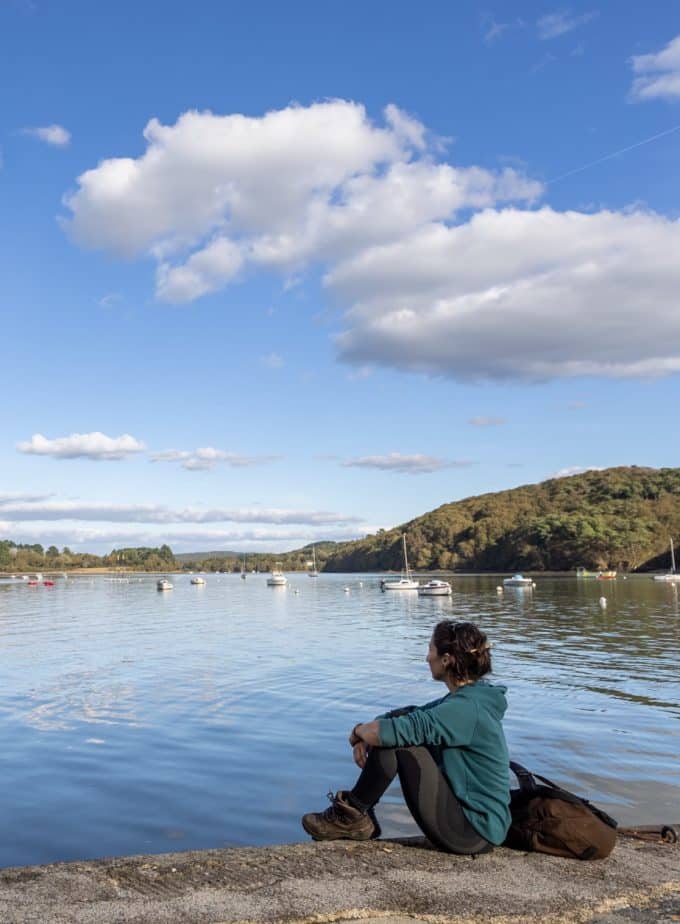
A little history...
Landévennec Abbey was founded between the 5th and 6th centuries. It is the oldest monastic foundation in Brittany, and is now an archaeological site and museum, concentrating nearly 25 years of excavations and 13 centuries of Breton history. A fascinating visit!
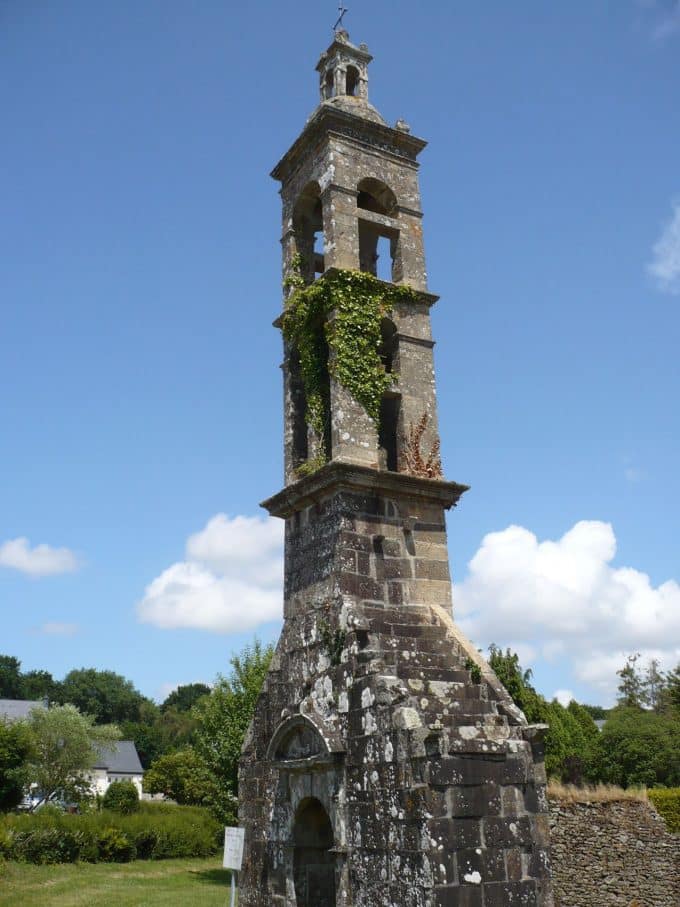
Another fabulous view
Lanvoy
Yet another viewpoint to marvel at! Along the way, take in the lovely view of the Keroullé cove. While you're there, not far from the slipway, take the time to visit the ruins of the Lanvoy chapel in Hanvec, whose bell tower dates back to 1662.
A charming village
The village of Rostiviec
Head back west towards Daoulas, then on to Loperhet and the old fishing village of Rostiviec. The village has retained all its charm, which you can discover by strolling through its narrow streets of traditional houses, with the Brest harbour as a backdrop. Time permitting, linger on the coastal path for further views of the rias. Don't forget your camera!
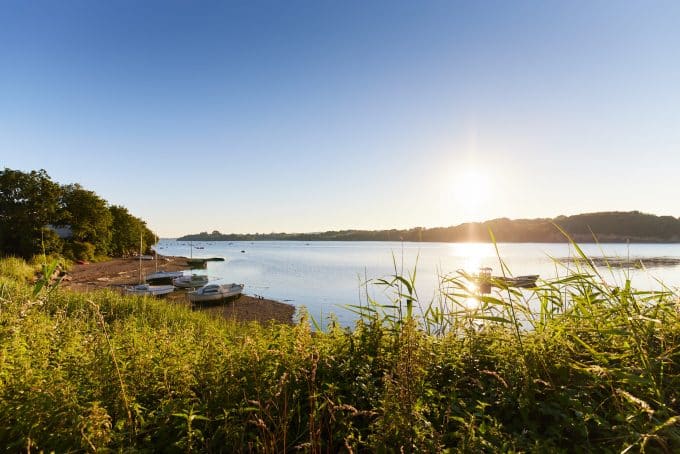
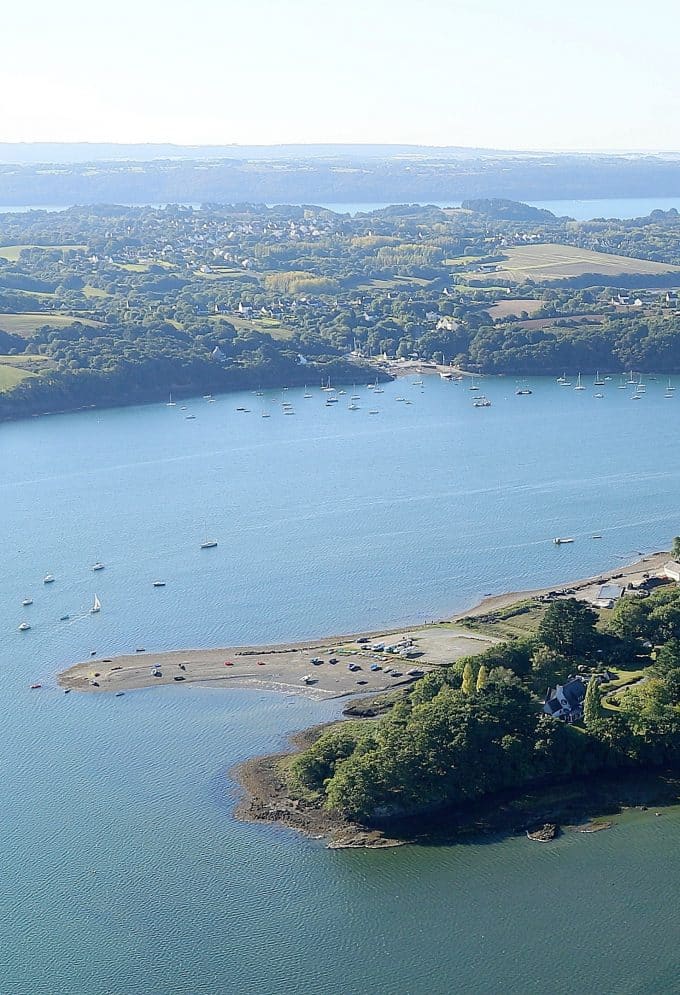
The end of the journey
The port of Kersanton
Your tour of the Brest roads ends at the port of Kersanton. It was here that the first kersantite rocks were extracted for the construction of many of Brittany's buildings, religious edifices and sculptures, which you'll come across again and again as you explore the Landerneau region.
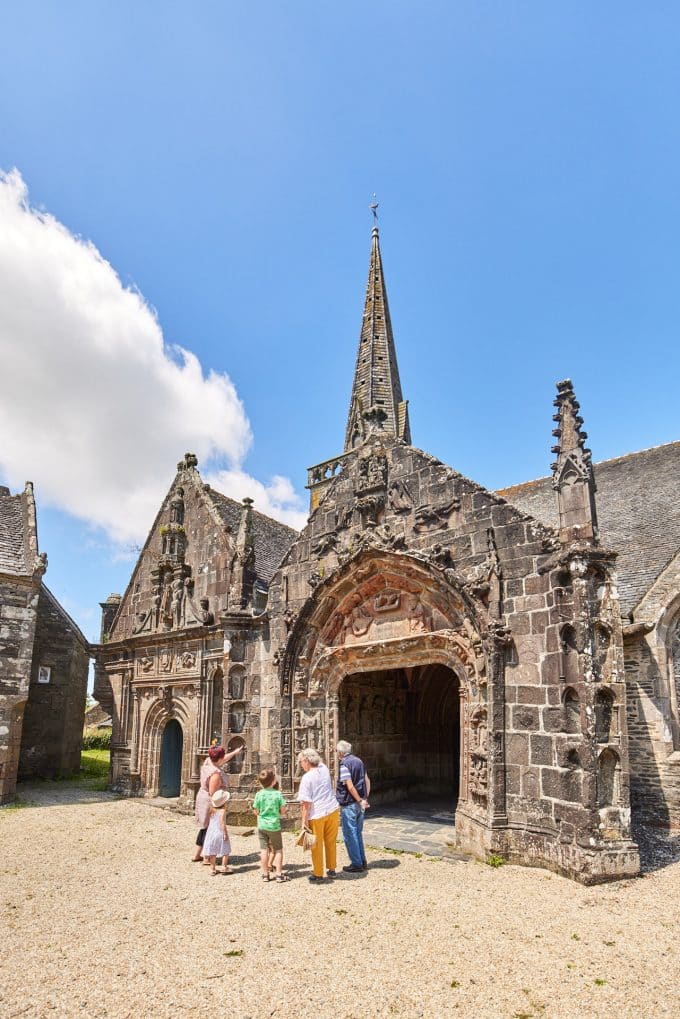
Engraved in stone
Kersanton stone, or kersantite, is a magmatic rock with varying colors, from black to very light gray. Appreciated for its resistance to erosion and ease of shaping, it has long been the material of choice for the construction of parish enclosures, buildings and sculptures and statues in Brittany. Kersantite is an integral part of the local geology, highlighted by the Armorique Geopark, soon to be awarded UNESCO status.
Large-format tour
Fly over the Rade de Brest
Embark on a journey over the Rade de Brest! From coves to points, from viewpoints to peninsulas, fly over an exceptional natural area!
